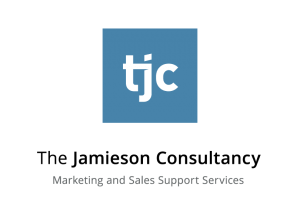The client, a printing company specialising in high quality 10-colour presswork, was concerned that their forward order book was not as full as it should be and therefore decided to embark on a new business generation exercise. However, the problems they faced turned out to be considerable:
- They did not have a clear picture of their prospect market because they could not readily identify any trends within their existing business.
- They did not possess in-house resource or skills capable of undertaking the lead and intelligence generation
- They could not identify an off-the-shelf list of companies that had a requirement for print (as one simply did not exist).
In the briefing document the client expressed a need for a database of 2,000 prospects but had not decided how they should best handle the sales approach. After discussion, TJC found that their sales resource was incapable of handling a pool of 2,000 new prospects and advised them to reduce their target to 500 companies on the basis that it would be pointless and potentially damaging to their reputation to generate sales interest that they could neither follow-up nor satisfy if the outcome was positive.
Initially, TJC profiled the company’s existing best customers and then identified a data source that matched this profile. We then prepared a script and database which reflected the client’s information and reporting needs.
The lead generation process identified:
- Whether each company had a requirement for print work or not
- The type or types of print required
- The timescale of their requirement
- The relevant decision maker contacts
- Full contact details
- The existence of a preferred suppliers list, when it would next be reviewed and how to get on it
- Preferred follow up method
Plus, most importantly, it gained the company’s acceptance to receive follow up contact from the client with all immediate interest being emailed through to the client for immediate sales follow up.
The project identified significant new business interest at a cost per qualified lead significantly lower than via traditional marketing methods.

